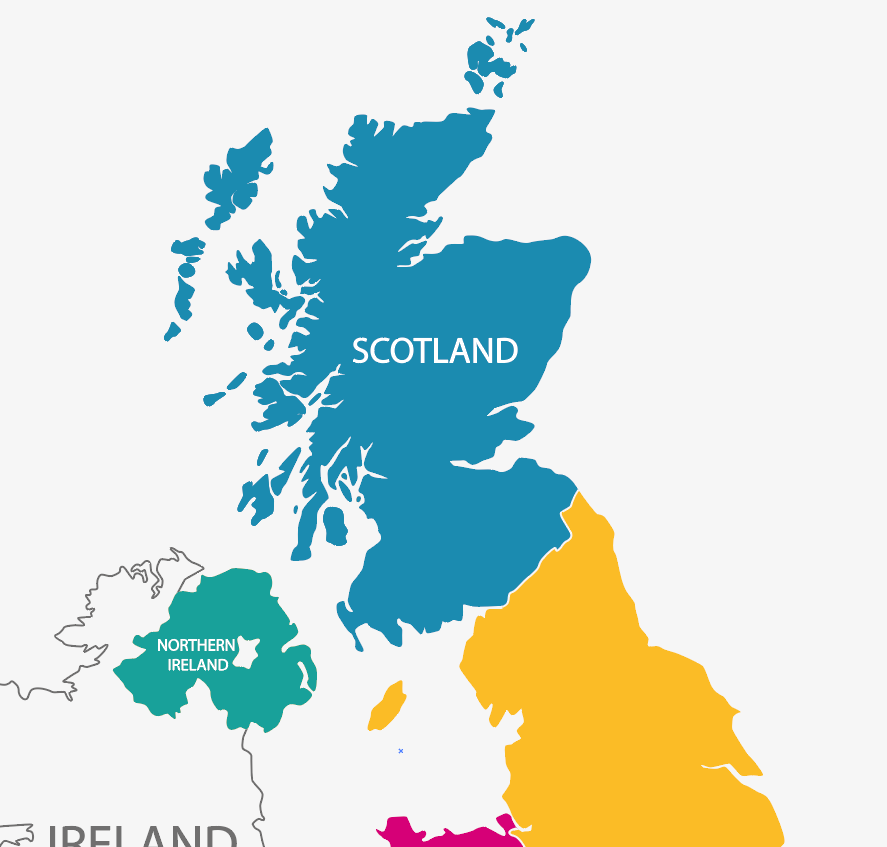Information on Cookies
To make the best use of our website, you'll need to make sure your web browser is set to accept cookies to ensure you receive the best experience.
For further information, please read our Cookies Policy.

Log In
Scotland’s phased and careful approach to easing lockdown restrictions while continuing to suppress Coronavirus (COVID-19) has been outlined by the First Minister.
The updated Strategic Framework sets out the six tools the Scottish Government will use to restore, on a phased basis, greater normality to our everyday lives.
The immediate priority will continue to be the phased return of education, building on the return of some pupils to school yesterday. On the basis that progress in suppressing the virus and vaccinating key groups remains on track restrictions would be eased in the following order:
- the next phase of school returns with the rest of the primary school years, P4 to P7, and more senior phase secondary pupils back in the classroom for part of their learning and the limit on outdoor mixing between households increasing to four people from a maximum of two households
- the stay at home restriction to be lifted and any final school returns to take place. Communal worship to restart in limited numbers mindful of the timing of major religious festivals. This phase would also see the re-opening of retail, starting with an extension of the definition of essential retail and the removal of restrictions on click-and collect
- return to a levels approach with all of Scotland moving to at least level 3, with some possible adjustments. This could mean that from the last week of April that we would expect to see phased but significant re-opening of the economy, including non-essential retail, hospitality and services like gyms and hairdressers
There is likely to be a gap of at least three weeks between each easing of restrictions to assess the impact of changes, and to check that it is safe to proceed further using the six conditions for safe easing set out by the World Health Organisation.
As the vaccination programme progresses, a return to more variable levels of restrictions, which can vary by location, is likely when it is safe to do so.
Ongoing financial support is set out in the Framework and will continue to be available to businesses as we emerge from lockdown. This includes the ongoing commitment to fund the Strategic Framework Business Fund and to provide Level 4 payments for an additional month once businesses are moved down a level. These proposals are contingent on receipt of additional consequentials from the UK Government.
First Minister Nicola Sturgeon said:
“I know how hard current restrictions are after 11 long months of this pandemic, however they are working and we can now see our way out of them. We are in a far better position now than at the start of January and these measures are initial steps on a slow, but hopefully steady, route back to much greater normality.
“Our intent remains to suppress the virus to the lowest possible level and keep it there, while we strive to return to a more normal life for as many people as possible.
“At the moment, and for a bit longer, we need to rely very heavily on restrictions to suppress the virus. This is essential when the virus is so transmissible, and when case numbers are still quite high.
“In time though - once the vast majority of the adult population has received at least one dose of the vaccine - we hope that vaccination will become our main tool for suppressing the virus.
“The Strategic Framework is deliberately cautious at this stage but in the coming weeks, if the data allows and positive trends continue, we will seek to accelerate the easing of restrictions.”
Background
Coronavirus (COVID-19): Strategic Framework update - February 2021 - gov.scot (www.gov.scot)
The Scottish Government’s priority is to suppress the virus to the lowest possible level and keep it there, while we strive to return to a more normal life for as many people as possible. There are six main tools for achieving this:
- the quickest practical roll-out of our vaccination programme
- the most effective use of Test and Protect
- applying proportionate protective measures (rules and guidance) to suppress transmission of the virus
- effective measures to manage the risk of importation of the virus
- supporting individuals, businesses and organisations to adhere to protective measures
- providing care and support to mitigate the harms of the crisis
The six conditions for safe easing set out by the World Health Organisation are:
- COVID-19 transmission is under control
- sufficient health systems and public health capabilities are in place
- outbreak risks are minimised in vulnerable settings
- workplace preventative measures are established
- risk of imported cases are managed
- communities are fully engaged
In summary, the Strategic Framework Update explained the phased system:
- Phase 1 (yesterday) - early learning and childcare and schools open for Primary 1-3 pupils and senior phase pupils for essential practical work. Limited increase in the provision for vulnerable children. Care homes opening to facilitate meaningful contact between relatives/friends and residents.
- Phase 2 (unlikely before 15 March) - more school reopening, with non-contact outdoor group sports for 12 to 17 year-olds. Socialising rules eased to allow outdoor meetings of four people from two households.
- Phase 3 (at least three weeks later - possibly 5 April) - Stay-at-Home requirement removed. Third and final phase of schools reopening if required. Places of worship can open on a restricted numbers basis. Essential retailers list expanded slightly and click and collect resumes for non-essential retail.
- Phase 4 (possibly 26 April) - limited other easing within Level 4, including permitting non-essential work in people’s homes. Return to variable Levels approach. This will enable the graduated opening up of economic and social activity.

